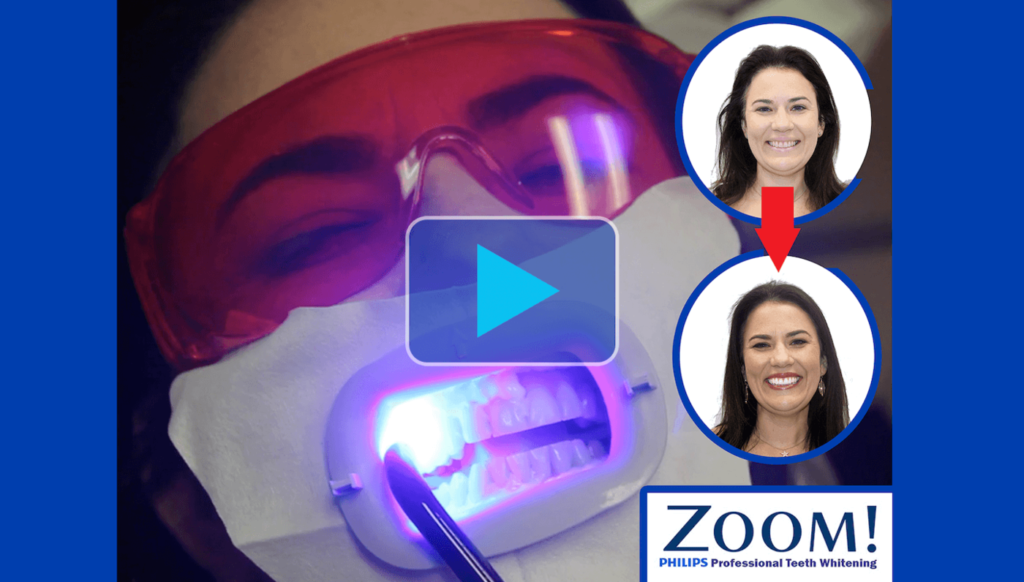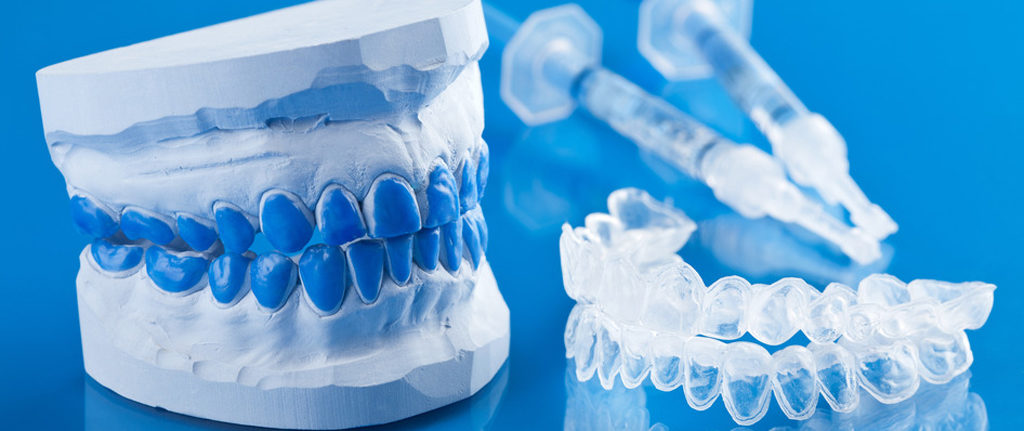What to Expect After Teeth Whitening: A Guide to Results and Care
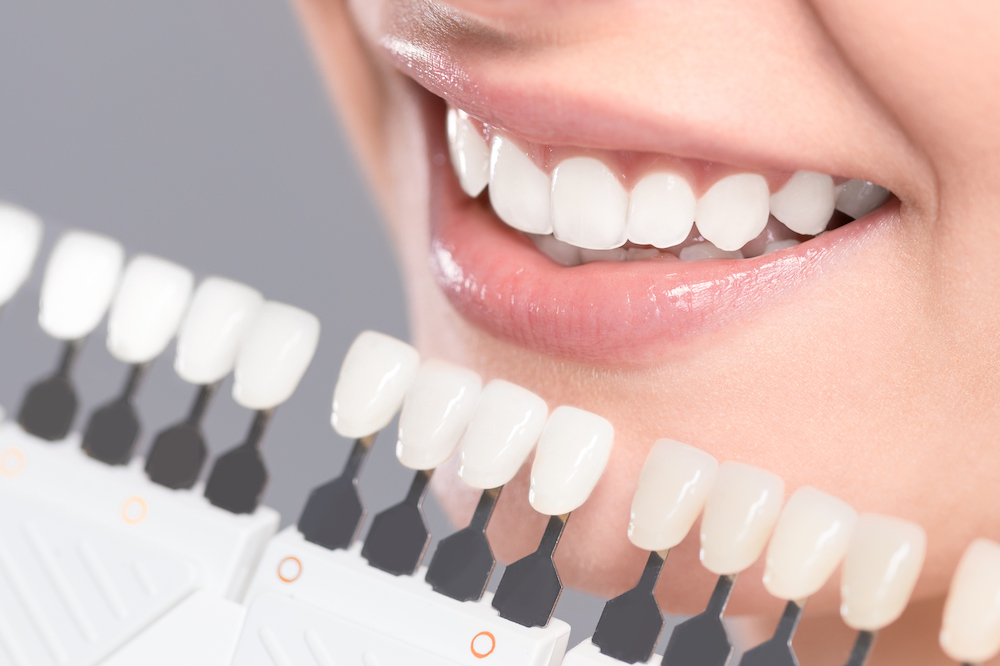
Achieving a brighter, whiter smile is a goal for many—nearly 90% of orthodontic patients request some form of teeth whitening. After you complete a professional whitening treatment, it’s natural to wonder: Does the magic end when you leave the dentist’s chair, or do your teeth continue to get whiter in the days that follow? The answer involves the fascinating chemistry of whitening and the choices you make after treatment.
This comprehensive guide will walk you through the science behind whitening, what to expect after your treatment, tips for long-term maintenance, a comparison of whitening methods, and insight into common myths. You’ll also learn why professional consultation is key to achieving safe and beautiful results.
The Science of a Brighter Smile
Understanding Tooth Color and Staining
Your natural tooth color is determined by a combination of genetics, enamel thickness, and the underlying dentin. Over time, external factors such as food, drink, and habits like smoking introduce stains that make your smile appear dull or yellow. The ADA’s MouthHealthy.org resource on teeth whitening highlights these primary stain culprits:
- Food and Drinks: Coffee, tea, red wine, and dark berries are rich in pigments called chromogens, which adhere to enamel.
- Tobacco Use: Tar and nicotine are notorious for causing deep yellow-brown stains.
- Age: The enamel naturally thins with age, making the yellowish dentin inside more visible.
- Trauma or Dental Injuries: An injured tooth may deposit more dentin (which is darker) as a protective response.
- Medications: Some antihistamines, certain antibiotics, and cancer treatments can cause internal (intrinsic) discoloration.
How Whitening Works
Teeth whitening products—whether in-office or at-home—use bleaching agents such as hydrogen peroxide or carbamide peroxide. These penetrate your enamel and break apart the molecular bonds of chromogens, reducing their coloration and making your teeth look whiter.
As explained by the ADA, in-office whitening treatments use higher concentrations of these agents and may require gum shields or protective gels to minimize irritation. Over-the-counter methods have lower levels for safety but may require more sessions to see results.
Do Teeth Continue to Whiten After the First Treatment?
Extended Whitening Effects
Yes—one of the unique properties of peroxide-based whitening agents is their delayed release. After your session, these agents remain active in the tooth structure for 24–48 hours. This means your teeth can continue to lighten, sometimes subtly, in the days following treatment. It’s during this period that teeth are also more porous and vulnerable to new stains, so following aftercare instructions is critical.
For some methods, such as light-accelerated or “Zoom” whitening, patients may see ongoing shade improvements for up to two weeks post-treatment.
How Long Do Whitening Results Last?
Whitening is not a permanent solution, but it can deliver long-lasting results with proper care. Here’s what you can expect:^
- Professional In-Office Whitening: Results last anywhere from 6 months to 3 years, depending on your oral hygiene, dietary habits, and lifestyle choices.
- At-Home Whitening Kits (Custom Trays/Strips): Results typically last a few months but can be prolonged with regular touch-ups.
- Stain-removal Toothpastes: These help maintain brightness by removing new surface stains but do not alter natural tooth color.
Habits such as smoking, drinking dark beverages, or inconsistent oral hygiene can accelerate re-staining. On the other hand, avoiding these can help you enjoy your bright smile much longer.
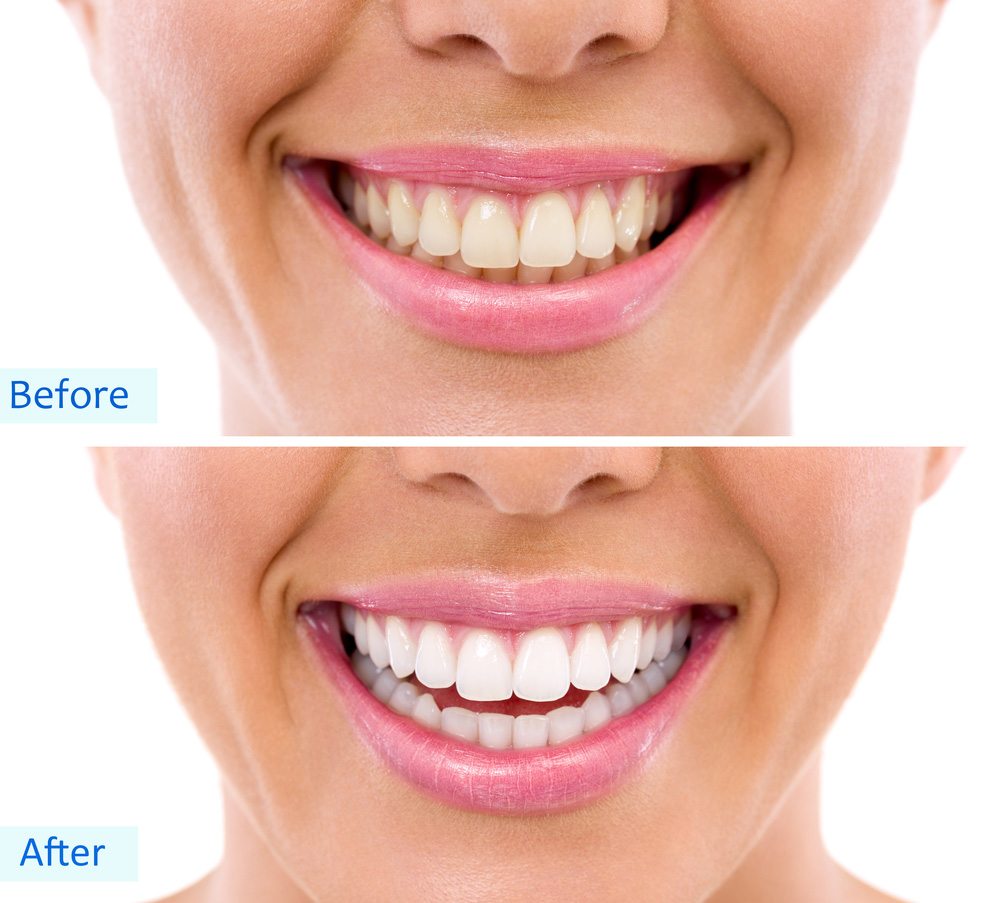
How to Maintain Your Bright Smile — Actionable Tips
To maximize your whitening investment and keep your teeth at their brightest:
- Brush and Floss Consistently: Clean your teeth at least twice daily and floss once a day to prevent surface stains and plaque buildup.
- Limit Staining Foods and Beverages: Especially during the first 48 hours after whitening, avoid coffee, tea, red wine, tomato sauces, and dark berries. Rinse your mouth with water after consuming these whenever possible.
- Use a Whitening Toothpaste with ADA Seal: As recommended in the USA TODAY guide, these formulas help remove mild stains daily.
- Quit Smoking and Avoid Tobacco: Smoking is particularly harsh on whitening results and oral health in general.
- Schedule Regular Dental Cleanings: Your dental hygienist can remove tartar and stains you can’t address at home.
- Use a Straw for Staining Drinks: When possible, use a straw to minimize contact with teeth.
Common Myths About Tooth Whitening
Misconceptions about teeth whitening abound online. Here’s what you should know:
Myth 1: Whitening Results Are Permanent
Reality: No whitening method offers permanent results. Touch-ups are needed, and lifelong maintenance is key. Your eating, drinking, and oral hygiene habits impact how long your results last.
Myth 2: All Whitening Products Are the Same
Reality: Professional treatments use higher concentrations of bleaching agents, customized to your oral health needs, and offer better protection for your gums and enamel. Over-the-counter products can be effective but take longer or may not suit all types of discoloration.
Myth 3: More Whitening Equals Better Results
Reality: Overusing whitening products can lead to tooth sensitivity, gum irritation, or even damage to your enamel. Always follow product instructions or your dentist’s guidance. The ADA stresses moderation and caution.
Myth 4: DIY Trends Like Turmeric or Charcoal Work
The viral trend of using turmeric for teeth whitening has no solid scientific backing. In fact, many dental professionals caution that turmeric can actually stain your teeth, and charcoal products may be too abrasive, leading to enamel erosion.
Comparing Whitening Methods
Not all whitening methods are created equal. Here’s how the main options stack up:
Whitening Method | Where Used | Pros | Cons | Good For… |
|---|---|---|---|---|
Professional In-Office Whitening | Dentist’s office | Fast, dramatic results; expert care | More expensive; some sensitivity | Quick, safe, reliable results |
Custom At-Home Trays | Home, from dentist | Convenience; professional-grade gel | Slower than in-office | Those who prefer at-home use |
Whitening Strips/Gels | Home, over-the-counter | Accessible, affordable | Weaker; less effective for deep stains | Mild to moderate discoloration |
Whitening Toothpaste | Home | Maintains brightness; removes stains | Superficial only; won’t whiten deeply | Everyday stain prevention |
Natural Remedies (e.g., turmeric, charcoal) | Home (DIY) | Minimal cost; “natural” appeal | Unproven, may damage or stain teeth | Not recommended |
Whitening does not work on all types of discoloration, especially for teeth darkened by trauma, medications, or aging. For these situations, veneers or bonding may be a better choice—your dentist can guide you.
Frequently Asked Questions
Q: What if my teeth feel sensitive after whitening?
A: Sensitivity is a common temporary side effect. Use a desensitizing toothpaste and avoid very hot or cold food and drinks. If sensitivity persists, talk with your dentist.
Q: Can whitening damage my teeth?
A: When used as directed or performed by a dental professional, whitening is safe. Overuse and DIY hacks increase the risk of enamel erosion and gum irritation.
Q: Who shouldn’t whiten their teeth?
A: Whitening is not recommended for children under 16, pregnant or breastfeeding women, or patients with untreated cavities, gum disease, or overly sensitive teeth. Always have a dental evaluation first.
The Importance of Consulting Your Dentist
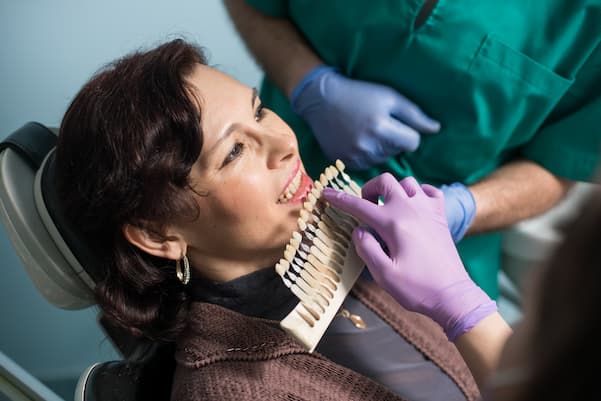
A key step on your whitening journey is seeking guidance from your dental professional. Not only can your dentist identify the underlying cause of your discoloration, but they can also:
- Evaluate whether you’re a good candidate for whitening.
- Recommend the best method for your unique needs.
- Monitor your oral health during and after treatment.
- Assist if you experience persistent sensitivity or other concerns.
If you’re interested in exploring whitening options, consult resources such as MouthHealthy’s teeth whitening page and seek products with the ADA Seal of Acceptance for proven safety and effectiveness.
Your Partner in a Brighter Smile
After a professional whitening treatment, your teeth continue to lighten as the whitening agents remain active. With the right care, smart choices, and a professional on your side, you can enjoy long-lasting results and a confident, healthy smile.
Ready to learn more or schedule a consultation? Contact your dentist to discuss your whitening goals and create a plan that’s right for you.

